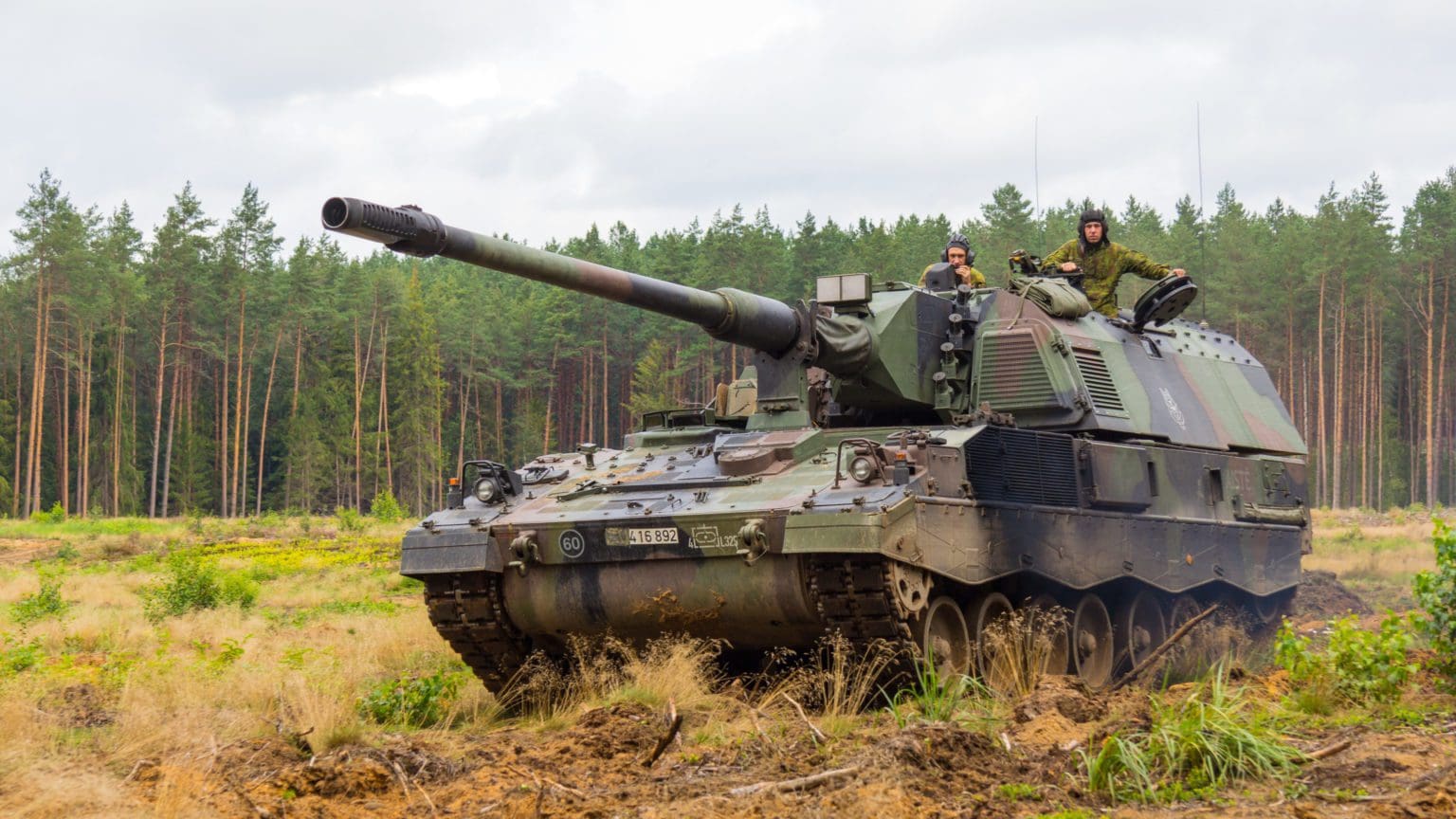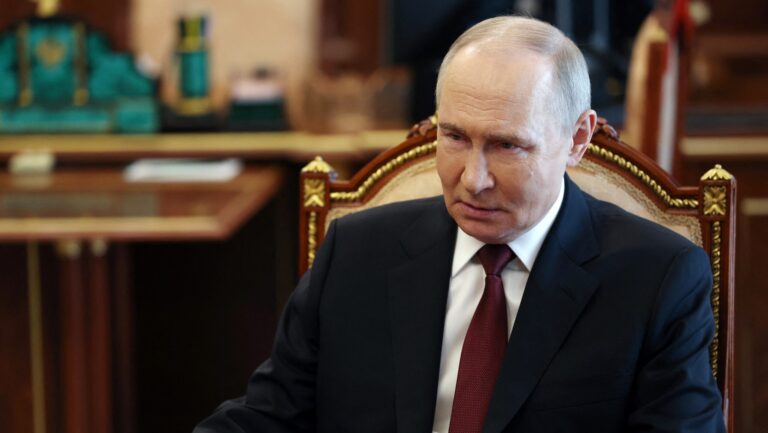One of the very few benefits of war is that it doubles as a giant arms expo, showcasing hundreds of different weapon systems, under the most uncontrolled circumstances. That is why serious conflicts tend to set new directions in arms manufacturing, by showing us what training exercises simply cannot: what works in real life and what doesn’t. Manufacturers like to tell their clients everything they want to hear, yet it’s always actual war that proves a certain weapon’s true worth. Those that fail will be discarded quickly, while those that outshine their rivals with their effectiveness can expect to be purchased over and over again for a long time. This was part of the reason why so many countries (unofficially) joined the Spanish Civil War back in 1936: they wanted to test their weapons in live combat before the stakes got too high a few years later. Or think of the Azerbaijani-Armenian war of 2020. It became quickly apparent that the Azeris have the upper hand almost solely because of their highly superior drones (such as the Turkish Bayraktar or the Israeli Harop), which Yerevan had no chance to counter on the battlefield. These drones instantly became one of the hottest commodities on the arms market since then.
Now it’s Ukraine where all the best military technology of the West can prove their might, and some have produced remarkable results against the Russian invaders. In the first stage of the war, it was the handheld anti-tank rocket launchers (such as the Stingers, Javelins and NLAWs) that gave Ukrainians the much needed edge over the Russian armoured columns pouring into the country from almost every direction. Now, as the invasion has seemingly ground to a halt, solidifying the frontlines, it is up to the artillery to do the lion’s share of the work. And Kyiv does indeed sport some pretty impressive pieces. By far the best artillery of the world is the American-made ultra-modern HIMARS (High Mobility Artillery Rocket System), capable of carrying out precision strikes within a range of over 300 kilometres – and now Ukraine has sixteen HIMARS units, courtesy of the United States. Among the more traditional artillery systems, there is one that is being praised by the Ukrainian army in particular and that is the German Panzerhaubitze 2000, of which eighteen were gifted to them by Berlin and Amsterdam so far.
It is being praised by the Ukrainian military
The PzH 2000 is a self-propelled, armoured howitzer and easily one of the best of its kind in the world. Equipped with a sizeable 155 mm artillery gun which–thanks to its modern, automated and digitalized targeting system–it can hit the enemy lines with remarkable precision from over 60 kilometres, then quickly change position if needed. Anything of the sort that Russia is using is simply no match for it, even if it first entered into production over 25 years ago, and constitutes a major upgrade from the old Soviet technology Ukraine had before acquiring it. No wonder why a single piece of PzH 2000 costs €17 million. Regardless of the high price, the Ukrainians love it so much that they intend to purchase a hundred more units from Germany over the next couple of years.

After seeing the extraordinary effectiveness of the PzH 2000 on the battlefield, Hungary is now even more pleased to have finally received its first unit of this German beast recently. The lone howitzer is just the first of the 24 Hungary ordered in late 2018 as part of its extensive ten-year-long military modernization programme dubbed Zrínyi 2026. The majority of the new Hungarian acquisitions are of high-quality German weaponry, with a great emphasis on weapon systems that work well together. That is why the 24 PzH 2000s were purchased together with 44 Leopard 2A7+ main battle tanks produced by the same company, Rheinmetall. Both the tank and the howitzer regiments are expected to be complete by next year.
Acquisitions such as this are essential in the current geopolitical situation
Regardless of what the outcome of the war in Ukraine will be, acquisitions such as this are essential in the current geopolitical situation. Prior to the PzH 2000s, Hungary had no self-propelled artillery at all; in fact, since the early 2000s, the Hungarian Defence Forces’ long-distance firepower was provided entirely by twelve D-20 towed Soviet howitzers made in the fifties. Replacing them with state-of-the-art weaponry, therefore, was one of the primary objectives of the Zrínyi ’26 modernisation programme, since effective mobile artillery can make all the difference in modern warfare – as evidenced by the PzH 2000s’ success in Ukraine. A strong military is indispensable in the world of tomorrow, for deterrence and self-defence alike. Under-preparedness is simply not an option for any country amid all the uncertainty we experience today. Some things we can be certain of, however, such as the fact that with the new Panzerhaubitze 2000s in our possession, the Hungarian military has made a huge step in the direction of maintaining the security of the country and, consequently, of the whole eastern flank of NATO as well.








